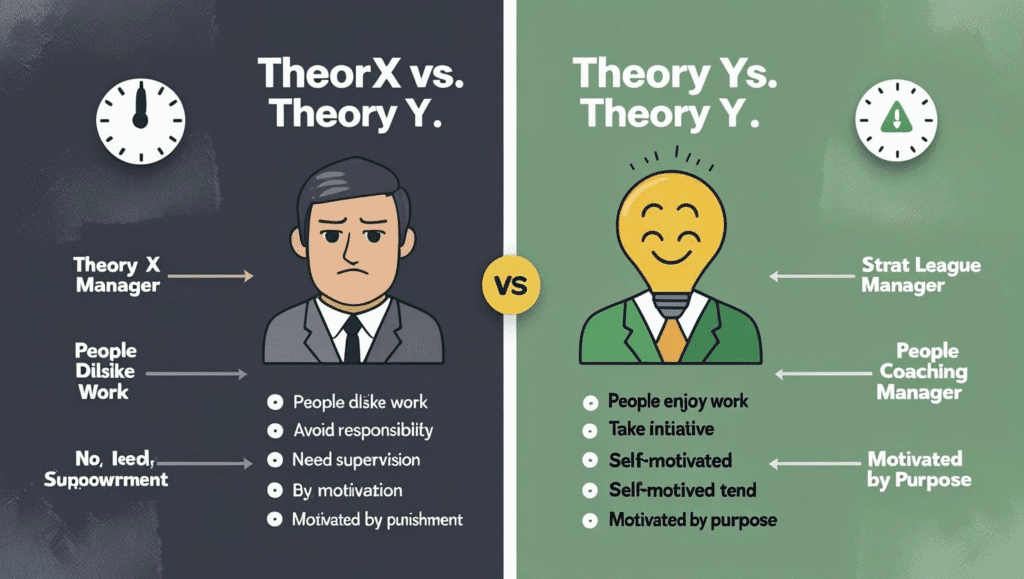The Ultimate Guide to Writing a Research Proposal (2025 Edition)
As of July 28, 2025, the research proposal remains the single most important document in any academic or scientific endeavor. It is a comprehensive, formal document that serves a dual purpose: it is both a **blueprint** for your intended research and a **persuasive argument** to convince your audience that the project is valuable, credible, and feasible. For any student or researcher in the United States, mastering the art of the research proposal is a fundamental step toward scholarly success. This guide provides an in-depth, section-by-section breakdown of how to construct a winning proposal.
Deconstructing the Research Proposal: The Core Components
A research proposal is not merely a collection of ideas; it is a structured document where each section logically flows into the next. While specific requirements may vary between disciplines and institutions, the following components represent the gold standard for a comprehensive proposal in the US academic system.
-
1. Title
Your title is the first impression. It must be clear, concise, and descriptive, accurately reflecting the core of your research. A strong title often indicates the key variables or theoretical issues at play and the specific population being studied. Avoid overly clever or vague titles; clarity is paramount. It should be professional and give a clear sense of the project’s scope to a knowledgeable reader in your field.
-
2. Abstract
The abstract is a self-contained summary of the entire proposal, typically limited to 150-250 words. Although it appears at the beginning, it should always be written last. It must be dense with information, providing a snapshot of your project for busy reviewers. A complete abstract includes:
- A brief statement of the research problem or background.
- The main research questions or hypotheses.
- A concise summary of the proposed methodology.
- The expected results and their potential significance or contribution to the field.
-
3. Introduction and Background
This is where you hook your reader and set the stage for your entire project. Your introduction should function like a funnel, starting broad and progressively narrowing to your specific research problem. Begin with a compelling opening that introduces the general topic and its importance. Provide the necessary background and context to help a reader unfamiliar with the specific niche understand the conversation you are entering. The introduction must culminate in a clear, forceful, and well-defined **research problem statement**, which is the central issue or “gap” your study aims to address. This section should leave no doubt in the reader’s mind as to *why* your research is necessary.
-
4. Literature Review
A literature review is far more than a simple summary of existing books and articles; it is a critical synthesis that tells a story about the current state of knowledge on your topic. Its purpose is to demonstrate your deep familiarity with the field and to build the intellectual foundation for your study. A strong literature review will:
- Situate your research: Show how your work fits into the ongoing academic dialogue.
- Identify the “gap”: Critically analyze existing studies to highlight what is known, what is unknown, and what is contested. This is where you justify your project by showing the specific void your research will fill.
- Establish a theoretical framework: Outline the key concepts, theories, and models that will guide your research and help you interpret your findings.
- Avoid common pitfalls: Do not simply list summaries (an “annotated bibliography”). Instead, organize your review thematically, compare and contrast different authors’ findings, and build a coherent argument that leads directly to your own research questions.
-
5. Research Questions or Hypotheses
This section is the heart of your proposal, where you translate your research problem into specific, focused, and answerable inquiries. These questions must be precise and unambiguous.
- Research Questions are used in exploratory and qualitative research (e.g., “How do first-generation college students navigate the financial aid process?”).
- Hypotheses are used in quantitative research. They are specific, testable predictions about the relationship between variables (e.g., “Students who participate in a mentorship program will have a significantly higher first-year retention rate than students who do not.”).
Your questions or hypotheses must be directly linked to your research problem and must be answerable through the methods you propose in the next section.
-
6. Methodology and Research Design
This is the technical core of your proposal, the detailed blueprint of *how* you will conduct your research. It must be written with enough clarity and detail that another qualified researcher could, in theory, replicate your study. This section is often the most scrutinized by review committees, as it demonstrates the rigor and validity of your approach.
Research Approach
Clearly state whether your study will be **quantitative** (focused on numerical data and statistical analysis), **qualitative** (focused on non-numerical data like interviews or texts to understand meaning and context), or **mixed-methods** (integrating both approaches).
Population and Sampling
Define your target population and describe your sampling strategy. Who will you study? How will you select them? Explain whether you are using probability sampling (like random sampling, for generalizability) or non-probability sampling (like purposive or convenience sampling, common in qualitative research).
Data Collection Instruments
Describe the specific tools you will use to gather data. This could include surveys (and how you’ll design the questions), semi-structured interview protocols, focus group guides, observational checklists, or the specifics of an experimental procedure.
Data Analysis Plan
Explain precisely how you will analyze the data once it is collected. For quantitative studies, this means specifying the statistical tests you will use (e.g., t-tests, ANOVA, regression analysis) and the software (e.g., SPSS, R). For qualitative studies, this means describing your analytical approach (e.g., thematic analysis, grounded theory, discourse analysis) and the software you might use (e.g., NVivo).
Ethical Considerations and Limitations
Acknowledge any potential ethical issues and explain how you will address them. This includes ensuring informed consent, protecting participant anonymity and confidentiality, and obtaining approval from an Institutional Review Board (IRB) where applicable. You should also honestly acknowledge the limitations of your proposed study (e.g., a small sample size may limit generalizability).
-
7. Timeline and Feasibility
Provide a realistic, detailed timeline for the completion of your project. This demonstrates to your audience that you have thought through the practicalities of your research and that your plan is feasible. Breaking the project into phases with deadlines (e.g., IRB approval, data collection, data analysis, final write-up) is highly effective. A simple table or Gantt chart can be very useful here.
-
8. References
Include a bibliography or reference list of every source cited within your proposal. Meticulous attention to detail is crucial here. Ensure that you are using the correct citation style (e.g., APA, MLA, Chicago) required by your discipline and institution, and that every entry is formatted perfectly.
Pro Tips for a Winning Proposal
- Know Your Audience: A proposal for a dissertation committee will have a different tone and level of theoretical detail than a grant proposal for a community-based foundation. Tailor your writing accordingly.
- Be Realistic: One of the most common mistakes is proposing a project that is too ambitious. Ensure your plan is achievable with the time, skills, and resources you actually have.
- Proofread Meticulously: A proposal riddled with typos, grammatical errors, and inconsistent formatting signals carelessness and undermines your credibility as a detail-oriented researcher.
- Clearly State Your Contribution: Don’t make your reviewers guess. Explicitly state what new knowledge, practical application, or theoretical insight your research will bring to the field.
Conclusion: Your Blueprint for Discovery
A research proposal is your opportunity to demonstrate your competence as a researcher, your passion for your topic, and the significance of your ideas. It is a persuasive document that proves you have not only a compelling question but also a viable, rigorous, and well-reasoned plan to answer it. By following this structured format and giving each component the careful attention it deserves, you can build a powerful case for your research and lay a solid foundation for a successful and impactful investigation.
Frequently Asked Questions
The length varies greatly depending on the context. For a typical undergraduate or master’s level class, it might be 10-15 pages. For a Ph.D. dissertation proposal or a major grant application to an agency like the NSF or NIH, it could be 25-50 pages or more. Always check the specific guidelines provided by your professor or the funding agency.
A research **proposal** is a plan for future action; it is written in the future tense (e.g., “This study *will* investigate…”). It’s about what you *intend* to do. The final research **paper** or thesis is a report of completed action; it is written primarily in the past tense (e.g., “This study *investigated*…”). It’s about what you *did* and what you *found*.
Start by identifying the key authors, theories, and studies in your field using academic search engines like Google Scholar or your university’s library databases. As you read, don’t just summarize each source. Instead, look for themes, patterns, debates, and contradictions in the literature. Your goal is to synthesize the information to tell a story about what is already known and to clearly point out the “gap” that your research will fill.


